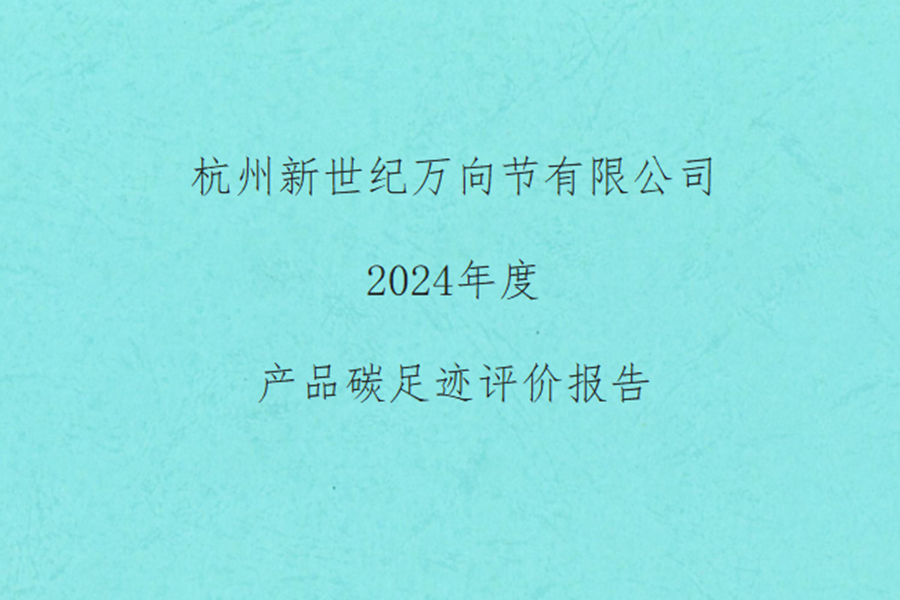Constant velocity custom universal joints are used on the front wheels that need to meet the steering and driving requirements. Generally, small cars are driven by the front engine and front wheels. Therefore, constant velocity universal joints are usually used to meet the front wheel steering and driving functions.
Quasi-constant velocity and non-constant velocity universal joints are used on the driving wheels, but do not require steering transmission. Usually trucks and pickups, as well as passenger cars, and some vans are all driven by rear wheels. The torque on the engine needs to be transmitted The shaft is transmitted to the driving wheels. At this time, a quasi-constant velocity universal joint and a non-constant velocity universal joint, that is, a cross shaft universal joint, are needed to connect the gearbox and the differential.
Quasi-constant velocity universal joint refers to a universal joint that transmits motion at an equal instantaneous angular velocity under a design angle, and transmits motion at an approximately equal instantaneous angular velocity at other angles. It is divided into:
- Double quasi constant velocity universal joint. Refers to the universal joint when the length of the transmission shaft in the universal joint constant velocity transmission device is shortened to the minimum.
- Bump type quasi-constant velocity universal joint. It is composed of two universal joints and two bumps of different shapes. The two projections are equivalent to the intermediate transmission shaft and two cross pins in the double universal joint device.
- Three-pin shaft type quasi-constant velocity universal joint. It consists of two three-pin shafts, active eccentric shaft fork and driven eccentric shaft fork. d) Spherical roller type quasi constant velocity universal joint. It is composed of pin shaft, spherical roller, universal joint cross and cylinder. The roller can move axially in the groove to play the role of telescopic spline. The roller contact with the groove wall can transmit torque.
 Jiefang village,GuaLi town,Xiaoshan District, Hangzhou City, Zhejiang, China
Jiefang village,GuaLi town,Xiaoshan District, Hangzhou City, Zhejiang, China
 0086-571-82539827
0086-571-82539827 





